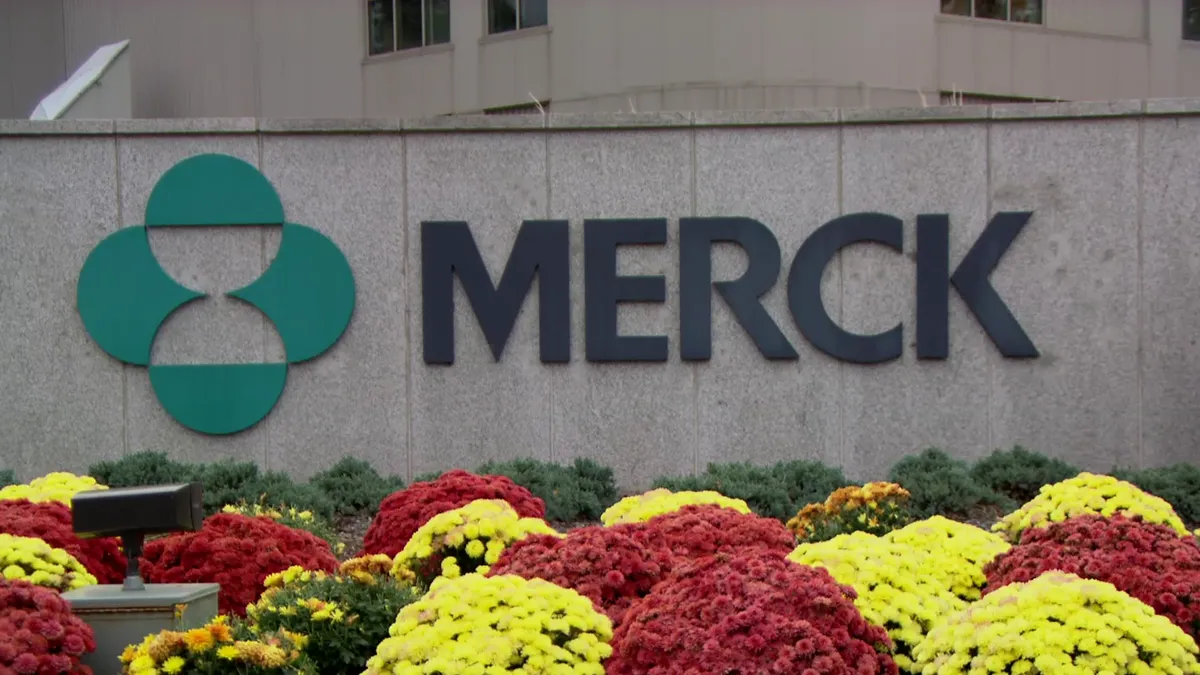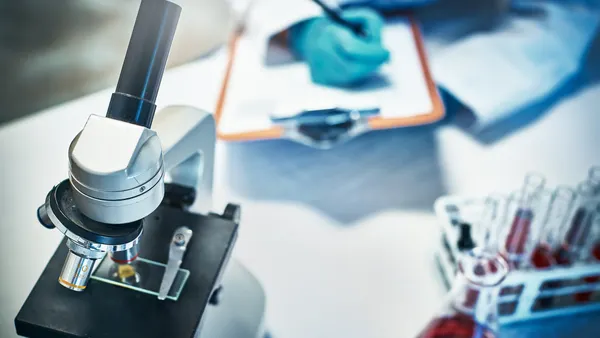Process, people, and technology have to align to enable a truly proactive risk-management and pharmacovigilance program that protects patients. First, do no harm. This is medicine’s highest ethical standard, an oath physicians take when they begin to practice. In the last few years, dangerous side effects of blockbuster products and some high-profile product withdrawals have brought this principle to the forefront of drug development. Drug safety and pharmacovigilance have routinely been top of mind for pharmaceutical companies. But the processes and systems put in place have primarily been reactive rather than proactive. Now, however, consumers, physicians, payers, and regulators are demanding safer products and faster responses from the industry to address safety concerns. Additionally, regulators are requiring surveillance programs throughout… Sidebar: Tips for Building an Adaptive Pharmacovigilance Framework Three Major Phases to REMS Life-Cycle Management Postmarketing on Track Systems for Monitoring Drug Safety Experts Vivian Broach. VP of Operations, Postapproval Pharmacovigilance, PPD Inc., a contract research organization that provides drug discovery, development, and life-cycle management services. For more information, visit ppdi.com. Carrie E. Corboy, R.Ph., Pharm.D. Executive Director, Global Safety and Pharmacovigilance, PharmaNet, a drug development services company that provides a comprehensive range of services to the biopharmaceutical industry. For more information, visit pharmanet.com. Roy Devine. VP, Patni Life Sciences, a global IT services company that delivers solutions to pharmaceutical, biotechnology, and medical-device clients. For more information, visit patni.com/life-sciences/overview.aspx. Dan Foltz. Director, Health Informatics, CSC Life Sciences, which provides technology-enabled solutions and services. For more information, visit csc.com/health_services. Gregory Hess, M.D. Chief Medical Officer, SDI, a healthcare analytics organization. For more information, visit sdihealth.com. Krishnan Rajagopalan, Ph.D. Global Head of Life Sciences BPO, Cognizant, a provider of consulting, technology, and business process outsourcing services. For more information, visit cognizant.com. Linda Scarazzini, M.D. Associate VP, U.S. Risk Identification, Surveillance, and Communication (RISC), Sanofi-Aventis U.S., a global pharmaceutical company that discovers, develops, and distributes therapeutic solutions. For more information, visit sanofi-aventis.us. David Selkirk. VP, Clinical Development, Late Phase, Omnicare Clinical Research, a global, full-service CRO serving the pharmaceutical, biotechnology, and medical-device industries. For more information, visit omnicarecr.com, or e-mail [email protected]. Mark Nelson Tyrrell. Director of Risk Management Services for the Americas, PRA International, a clinical research organization. For more information, visit prainternational.com. First, do no harm. This is medicine’s highest ethical standard, an oath physicians take when they begin to practice. In the last few years, dangerous side effects of blockbuster products and some high-profile product withdrawals have brought this principle to the forefront of drug development. Drug safety and pharmacovigilance have routinely been top of mind for pharmaceutical companies. But the processes and systems put in place have primarily been reactive rather than proactive. Now, however, consumers, physicians, payers, and regulators are demanding safer products and faster responses from the industry to address safety concerns. Additionally, regulators are requiring surveillance programs throughout a product’s life cycle. Technology and integrated systems now provide the opportunity for biopharmaceutical companies to implement proactive approaches to pharmacovigilance and move away from the traditional silo structure. Experts say there is a fundamental shift in the way companies are reorganizing their approach, they are also reinforcing that there is still a need for cross collaboration within companies and with partners in terms of people, process, and systems to achieve a truly proactive risk management and pharmacovigilance program. Dan Foltz, director, health informatics, at CSC Life Sciences, says companies need to elevate the management, use, and access of information to an enterprise level. “Right now information exists in silos across the company from discovery through clinical development and commercialization,, he says," he says. “There needs to be integrated data plans and integrated systems so that companies can access, link, and use all of the information assets that they have, as well as connect into the healthcare community to better understand and improve the impact of products in real-world settings." “As an industry, companies are starting to get to the root of safety issues, and it’s not just throwing more data at the problem," says Roy Devine, VP of Patni Life Sciences. “The increase of proactive safety programs will provide better products that are better tolerated by the patient population. I’m optimistic that companies will be able to do a better job for their end constituents — patients — over time." Pharmacovigilance — the detection, assessment, and prevention of adverse effects of medicines — has now become a regulatory mandate, with product approval conditions that include some type of postmarketing surveillance component. Every company wants to and should, at this point, be practicing proactive pharmacovigilance, says Linda Scarazzini, M.D., associate VP, U.S. risk identification, surveillance, and communication (RISC), at Sanofi-Aventis U.S. “All companies want to have a proactive approach to patient safety," she says. “We want to be able to foresee and understand and predict what the potential safety issues will be related to either inherent toxicity or other risks, including off-label use or misuse. We want to design effective mitigation strategies that will work in the real world." Dr. Scarazzini says beyond routine pharmacovigilance, more active surveillance mechanisms are being explored and implemented by companies. “These include the monitoring of claims databases and electronic health records for evidence of new adverse events," she says. Several trends are behind the increased focus on drug safety, Mr. Foltz says. “One is the introduction of complex treatments, such as biologics, for which not all of the effects and treatment models may be fully understood," he says. “Another trend is increasing scrutiny of product safety caused in part by high visibility product withdrawals. A third trend is an increasing sophistication of the data and tools that are at our disposal to monitor and manage risk." Gregory Hess, M.D., chief medical officer of SDI, says there is also a growing awareness of the value of retrospective observational data and effectiveness research. “In the past, there was a deficit of postapproval studies," he says. “Now companies and the FDA are more aware of the value in studying a drug after it’s been approved." Experts say technology that is fully aligned with business processes is allowing pharma companies to integrate all of their data from various sources across the globe to do real-time analysis of safety information. “Real-time analysis of safety data allows companies to take immediate and proactive action," says Krishnan Rajagopalan, Ph.D., global head of life sciences BPO, at Cognizant. “This is vitally important from a patient safety, risk, compliance, and brand or competitive positioning perspective, and this is why pharmacovigilance is one of the most critical business process areas." Dr. Scarazzini says going forward, claims data and electronic health records will be used for enhanced active surveillance.
An article from


The Era of Proactive Safety
Filed Under:
Policy & Regulation






